An HVAC zoning system is a smart way to control heating and cooling in different areas of your home independently. Instead of relying on a single thermostat for the entire house, HVAC zoning systems divide the space into sections, each with its own temperature settings. This improves comfort, reduces energy waste, and lowers utility bills.
Whether you're upgrading your HVAC for better efficiency or integrating a backup power solution, you need to ensure uninterrupted climate control. Jackery Solar Generators are essential home backup solutions that can provide reliable backup power for essential HVAC components, keeping your system running during outages. These solar generators are powerful and portable enough to power most household appliances for hours.
Key Takeaways
- An HVAC zoning system is a solution that divides a home into distinct zones to precisely control the temperature and offer comfort.
- HVAC zoning systems offer various benefits, including energy efficiency, customized comfort, zone isolation, and potential cost savings.
- These zoning systems cost an average of $3000, though the exact cost varies depending on the type of thermostats and the number of zones.
- Jackery Solar Generators can power an air conditioner, heater, furnace, etc. They are essential home backup solutions that ensure reliable power supply to household appliances like heating and cooling systems.
What is an HVAC Zoning System
An HVAC zoning system, also called zoned HVAC, is a heating and cooling system that regulates or redirects air to specific areas of the home. It divides a home into multiple zones, each having its own thermostat. This allows independent temperature control and potential energy savings by heating or cooling only occupied areas.
How an HVAC Zoning System Works
An HVAC zoning system has multiple components that work together to achieve efficient climate control. Zone dampers are the most essential components of an HVAC zoning system that open or close to control the airflow to specific zones. Here's how the HVAC zoning system works:
- Identification of Different Zones: The HVAC zoning system works by identifying different zones in a house. The zones are designated based on various factors, such as orientation, occupancy, and thermal characteristics.
- Thermostat Inputs: The thermostat in each zone monitors the temperature. If the temperature varies from the desired setpoint, the thermostat sends a signal to the control panel.
- Control Plan Decision: The control panel receives input from different thermostats and determines the appropriate action. For instance, if the zone requires heating, the control panel activates a heater.
- Adjustment of the Damper: The control panel signals the dampers in the relevant zones. For example, if the zone requires conditioning, the damper will open to allow the conditioned air to flow.
- Airflow Balancing: Some HVAC zoning systems also feature bypass ducts to maintain proper airflow and pressure throughout the system. They allow excess air to bypass closed dampers and prevent strain on HVAC systems.

How HVAC Zoning Improves Energy Efficiency
HVAC zoning systems can significantly reduce energy consumption by heating or cooling only the necessary zones. This targeted approach prevents overworking the HVAC system and minimizes wastage, leading to significant energy savings. It also eliminates hot and cold spots to ensure a consistent and comfortable temperature throughout the home.
Types of HVAC Zoning Systems
HVAC zoning systems, which divide a home or building into temperature zones, come in single-zone and multi-zone configurations. There is smart zoning integrating IoT and AI for enhanced control and efficiency. Let's explain the HVAC zoning system types briefly:
Single-Zone HVAC Systems
Single-zone HVAC systems usually have only one thermostat to control the heating and cooling of the entire home. They are typically found in smaller homes and apartments where there are minimal temperature variations across different areas. These systems are smaller and less expensive to install and maintain.

Multi-Zone HVAC Systems
Multi-zone HVAC systems divide a home into different zones, each with its own thermostat. They help you customize the temperature settings in each zone and provide individualized comfort. The multi-zone system uses mini splits or dampers on each air outlet to effectively regulate the amount of cooling or heating delivered to each zone, depending on the thermostat settings.
Smart HVAC Zoning With IoT and AI Integration
Smart HVAC zoning systems use advanced sensors and AI algorithms to create independent climate control zones within a building. This allows for personalized temperature settings and optimized energy consumption. The IoT-enabled systems can be controlled and monitored remotely via smartphones or other devices.
Advantages of Using an HVAC Zoning System
HVAC zoning system kits offer more control over the home's temperature in different areas. If you often struggle with high electricity bills, especially during peak hours, zoning the HVAC system proves helpful.
Energy Savings and Efficiency Gains
HVAC zoning systems are a game changer for improving energy efficiency and saving money on electricity bills. While a traditional HVAC system treats the entire home as one unit to heat or cool all the areas equally, a zoned system directs heating or cooling only to areas that need it. For example, you can set the bedroom to a comfortable temperature while sleeping and keep the less used areas at a more energy-efficient setting.
Reduced Wear and Tear on HVAC Components
During zoning, your HVAC system does not have to work as hard to maintain a comfortable temperature throughout the entire home. This means the HVAC system will experience less wear and tear, leading to fewer breakdowns, a longer overall lifespan, and less frequent repairs for the equipment. Investing in the HVAC zoning system not only improves immediate comfort but also protects the HVAC investment for the future.
Enhanced Comfort for Occupants
We all have been there when one family member is always too hot, and another one is constantly searching for a sweater. HVAC zoning systems allow you to set different temperatures for different rooms of your home. For example, zoning helps you keep your bedroom cool for sleeping and warm the living room without overworking the entire system.
Economic Considerations: HVAC Zoning System Cost
On average, an HVAC zoning system kit costs nearly $3000 but can range from $1500 to $8500. The actual cost may vary depending on several factors, such as the number of zones needed, the type of thermostat installed, ductwork, etc. Here are the factors that affect the overall HVAC zoning system costs:
Number of Zones Needed
The more HVAC zones you need, the more cost you will need to pay. Additional zones mean more dampers, thermostats, and increased installation complexity. For example, a two-zone system will cost between $1700 - $2000, with each additional zone costing $350 - $500. On the other hand, one of the best residential HVAC zoning systems with four zones may cost $2500 - $3000.
Duct vs Ductless
If your home does not have ductwork, you will need a ductless HVAC zoning system. For example, a two-zone system to existing ductwork can cost up to $2000, whereas a ductless zoning system typically costs $2000 - $6000 per room. However, the cost can be as high as $13,000 or more for three or more rooms.
Type of Thermostat
The thermostat controls the entire HVAC system's operation. However, an HVAC zoning system means you will either need multiple thermostats to control the temperature of individual spaces or a multi-zone thermostat with advanced sensors to control them together.
A standard digital thermostat may cost $80 - $150 per device, whereas a smart digital thermostat is priced at $100 - $250 per device. While the multi-zone thermostat costs $100 - $600, which is higher than the digital thermostat, multi-zone thermostats are more efficient.
Here's a breakdown of an HVAC zoning system cost:
|
HVAC Zoning System |
Estimated Cost |
|
Number of Zones |
$1700 - $3000 |
|
Thermostat |
$80 - $600 |
|
Labor & Installation |
$75 - $150 per hour |
|
Electrical Work |
$50 - $150 per hour |
|
Dampers |
$70 - $340 |
|
Sensors |
$30 - $60 |
|
Zone Panel Control |
$120 - $300 |
|
Additional HVAC Unit |
$5000 - $11,000 |
Note: The HVAC zoning system costs mentioned are estimates and may vary depending on several factors.
Can Solar Generators Power an HVAC Zoning System?
Yes, solar generators can power HVAC systems, including those with zoning capabilities. However, the size of the battery backup and the number of solar panels needed will depend on the HVAC's power consumption. The appliance wattage consumption of the best HVAC zoning systems will rely on a number of factors, such as the number of zones, the size of the house, and the efficiency of the equipment. Jackery Solar Generators are essential home backup solutions that can power HVAC systems to maintain a comfortable temperature in different zones of the house.
Jackery Solar Generators for HVAC Systems
An HVAC zoning system optimizes comfort and energy efficiency by allowing you to control temperatures in different areas of your home independently. However, maintaining the HVAC system during power outages is essential to prevent discomfort and inefficiency. Jackery is a leading manufacturer of solar generators, portable power stations, and solar panels. Jackery Solar Generators are a vital home backup power solution, ensuring uninterrupted heating and cooling without noise or fumes. Here are two of the best solar-powered generators that can help you keep HVAC systems and other household appliances running:
Jackery Solar Generator 5000 Plus
For homeowners seeking an essential home backup solution, the Jackery Solar Generator 5000 Plus provides enough power to keep an HVAC zoning system running smoothly. It can support multiple zones, thermostats, and even additional household appliances. The Jackery Smart Transfer Switch adds another layer of convenience, automatically switching to backup power when the grid goes down. This ensures that your HVAC system continues operating without interruption, keeping your home comfortable year-round.
Appliances Running Time
- Furnace (3000W) = 1.4H
- Boiler (1500W) = 2.8H
- Heat Pump (2000W) = 2.1H
- Space Heater (2500W) = 1.7H
- Central Air Conditioner (3500W) = 1.2H

Customer Review
“Awesome backup unit. The wheels are pretty good. Took almost a week to charge the inverter and battery pack via the two Solar Saga panels but we've got poor solar exposure, especially in the winter. The controls are good, and the LCD screen is informative. 3 hours of home theater use (roughly 130 watts/hour) consumes about 10-15% of the inverter's charge.” — Telkwa.
Jackery Solar Generator 2000 Plus
If you need a more portable and flexible home battery backup, the Jackery Solar Generator 2000 Plus is an ideal choice for running specific HVAC zones or components. It can efficiently keep thermostats, smart dampers, and small heating or cooling units operational. This is ideal for maintaining comfort in key areas, such as bedrooms or living spaces, during power outages. Its compact design and quiet operation make it suitable for indoor use. Whether you're managing a smaller zoning system or need backup for critical areas, it delivers reliable power.
Appliances Running Time
- Mini-Split AC (1000W) = 1.7H
- Window AC Unit (1500W) = 1.1H
- Evaporative Cooler (1000W) = 1.7H
- Dehumidifier (500W) = 3.3H
- Humidifier (300W) = 5.3H

Customer Review
“With this model, I’m able to run my AC overnight and run my creality 3d printer. I really enjoy how fast it charges and how long it lasts. Look forward to adding the extra battery pack for longer life.” — Vincent Lara.
FAQs for HVAC Zoning System
Does HVAC zoning save money?
Yes, HVAC zoning systems can help you save money on energy bills by allowing you to heat or cool specific areas of your home that are in use. They reduce energy waste and potentially save on your heating or cooling costs.
How does 2-zone HVAC work?
A two-zone HVAC system divides your home into two different zones, such as upstairs and downstairs or bedrooms and living rooms. It allows for independent temperature control in different home areas using a single HVAC unit, multiple thermostats, and motorized dampers to direct flow as needed.
How much does it cost to add a zone to HVAC?
The basic level of the HVAC zoning system costs between $1700 and $2000, with an additional zone costing an extra $350 to $500. If you are planning to add zones to an existing HVAC system, you will need to pay about $2000 to $3000.
What's a good option for installing HVAC zone control?
One of the best options for installing HVAC zone control is ductless mini-split or adding a second HVAC system. This adds flexibility and independent temperature control in different areas of the house.
How to convert to zoned HVAC?
If you want to convert an existing system to a zoned HVAC system, you will need to install dampers in the ductwork to control airflow. Then, add a control panel and zone thermostats. Finally, upgrade your HVAC equipment.
Conclusion
Investing in the best HVAC zoning system enhances comfort, improves energy efficiency, and reduces heating and cooling costs. Zoning systems divide your home into temperature-controlled zones so you can customize comfort while avoiding unnecessary energy use in unoccupied areas.
However, even the best system needs a reliable and essential home backup solution, especially during outages. Jackery Solar Generator can keep your essential HVAC components running when the grid goes down. Whether upgrading your home’s HVAC or preparing for emergencies, understanding HVAC zoning helps create a more efficient and resilient living space.
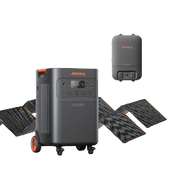
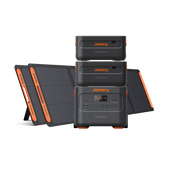
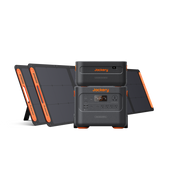
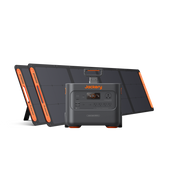

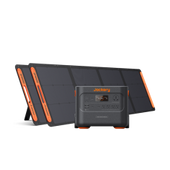
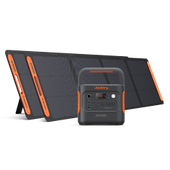

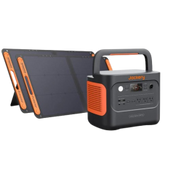
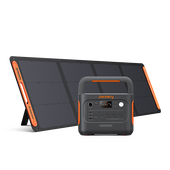
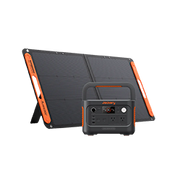

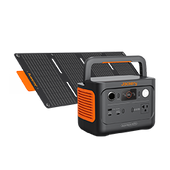
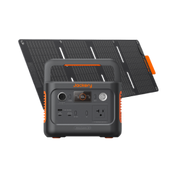
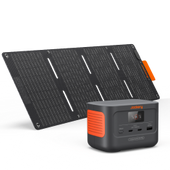
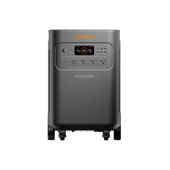

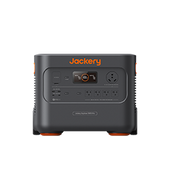
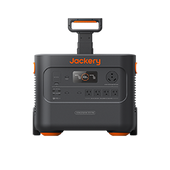
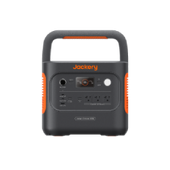
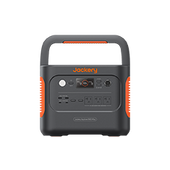
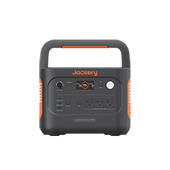
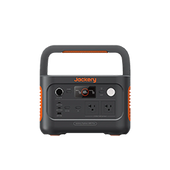
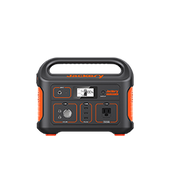
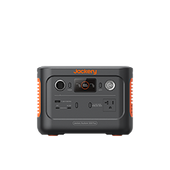

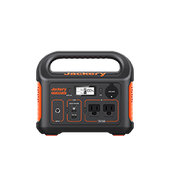
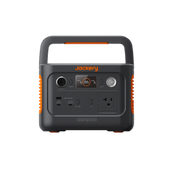
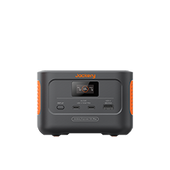



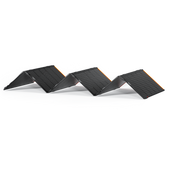
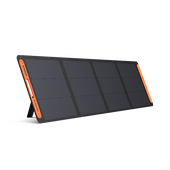
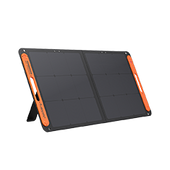
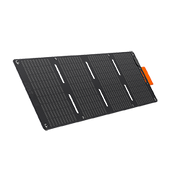
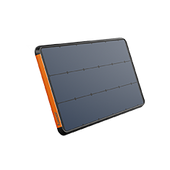
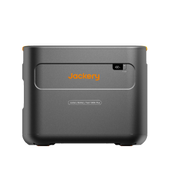
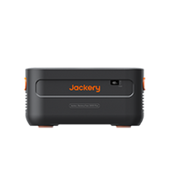
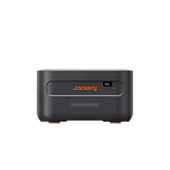

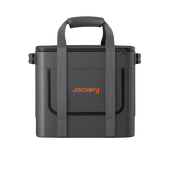
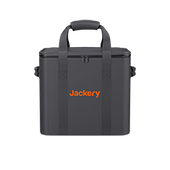
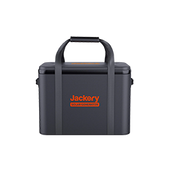
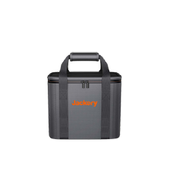
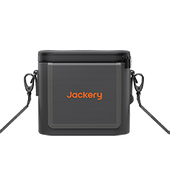
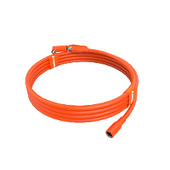
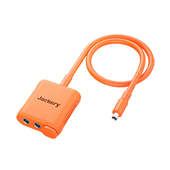
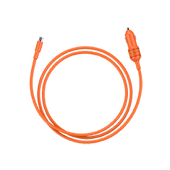

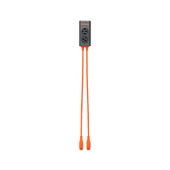
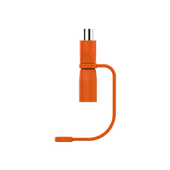
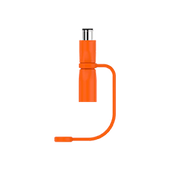
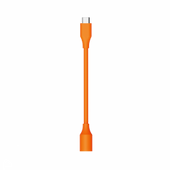
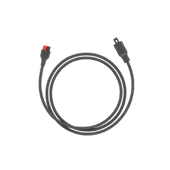
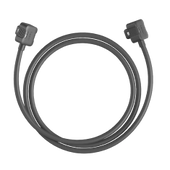
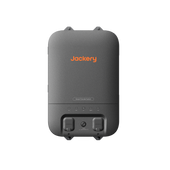
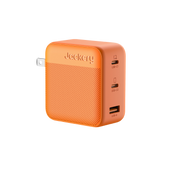

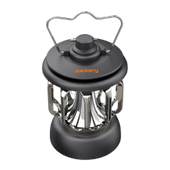


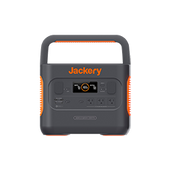
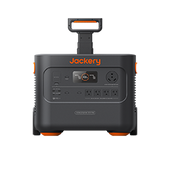
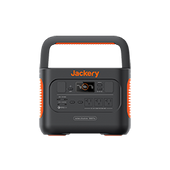
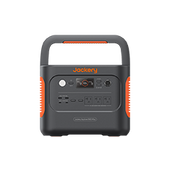
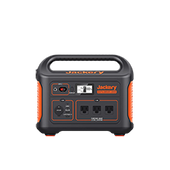
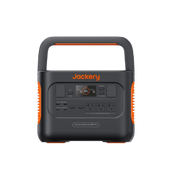
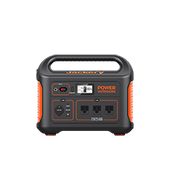
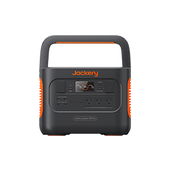
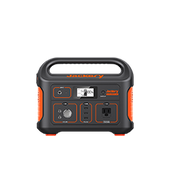
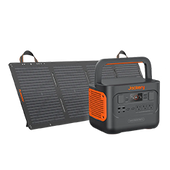
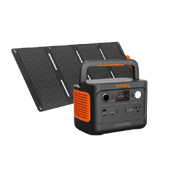
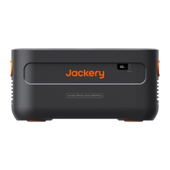
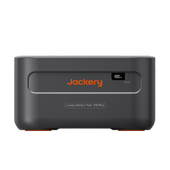

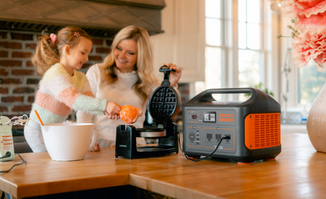
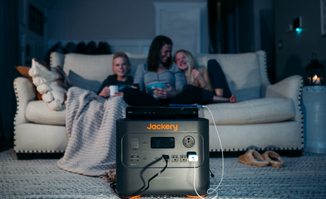
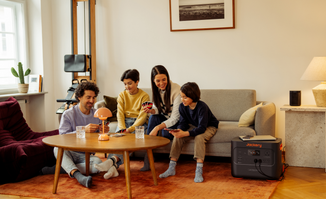
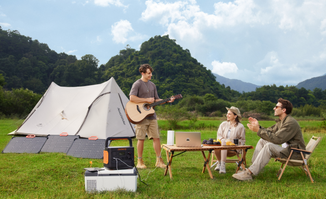
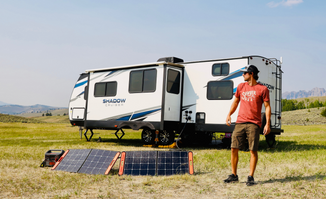


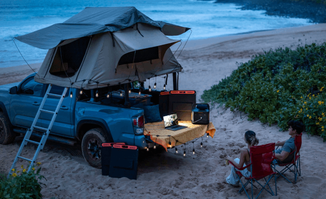
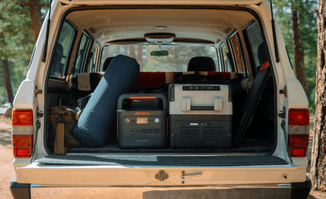


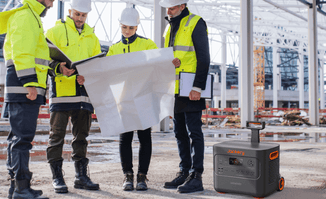

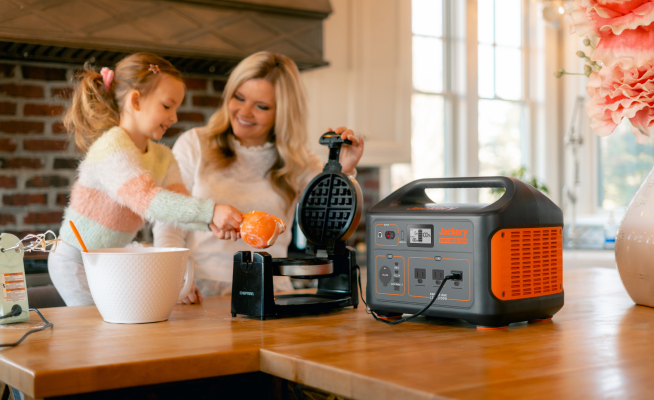
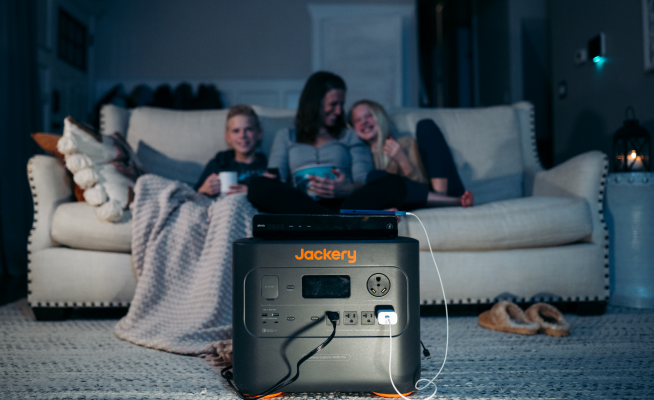
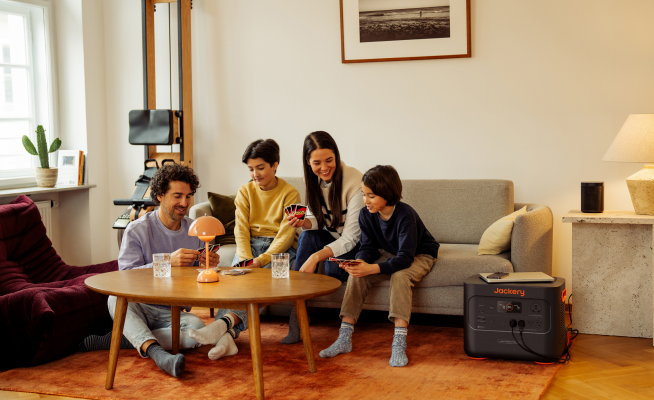
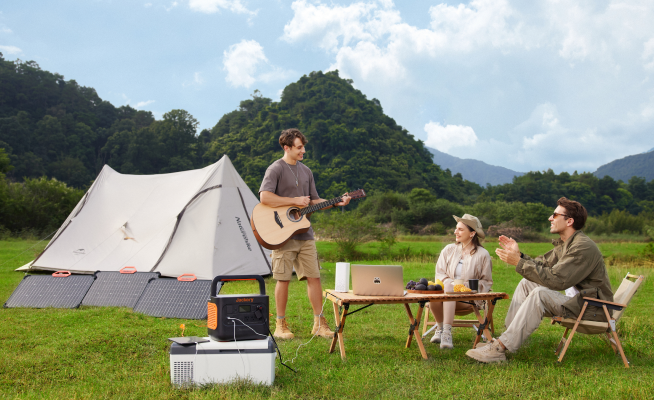
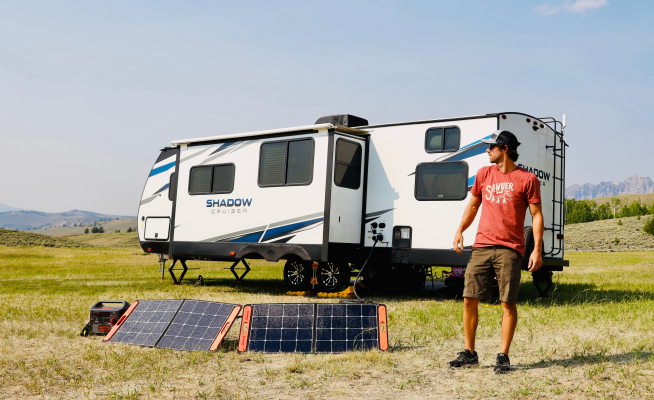


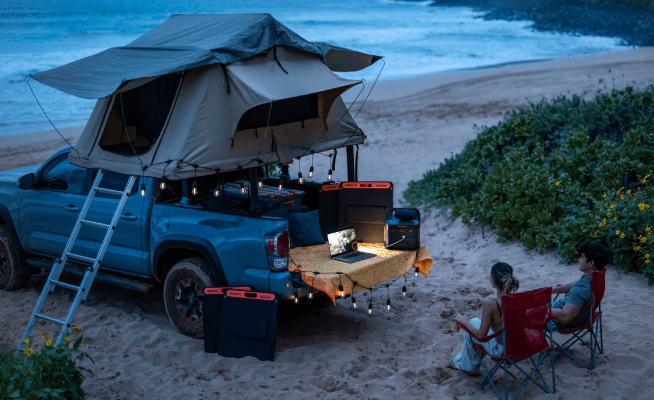
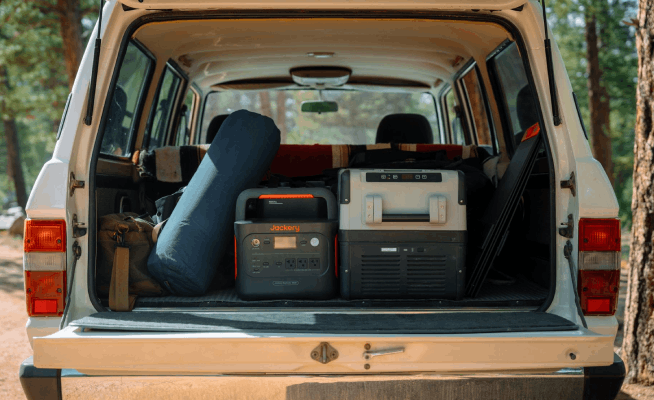
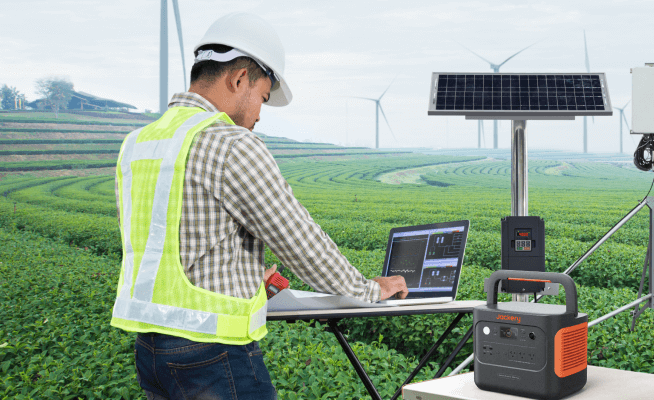
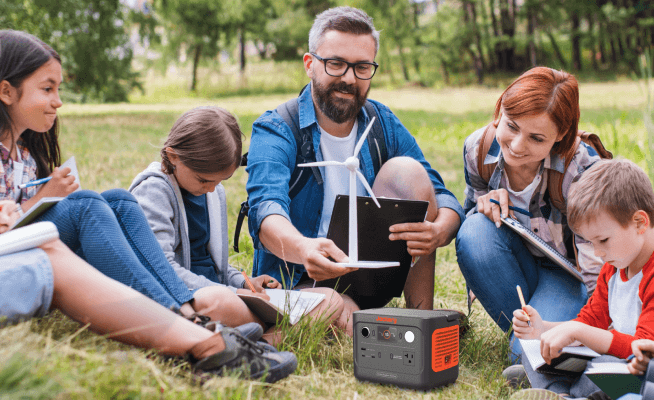
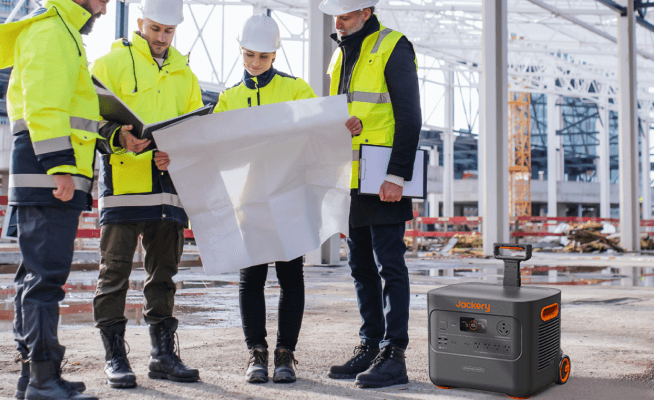




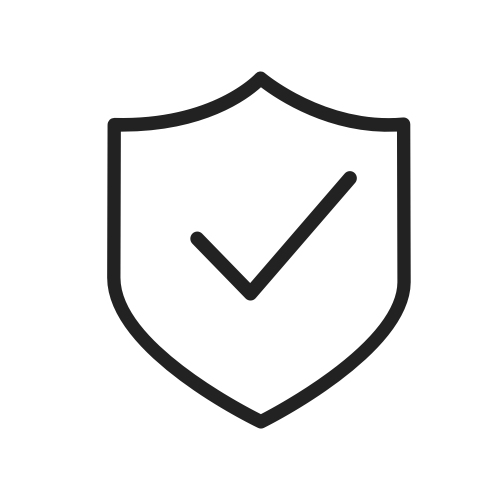





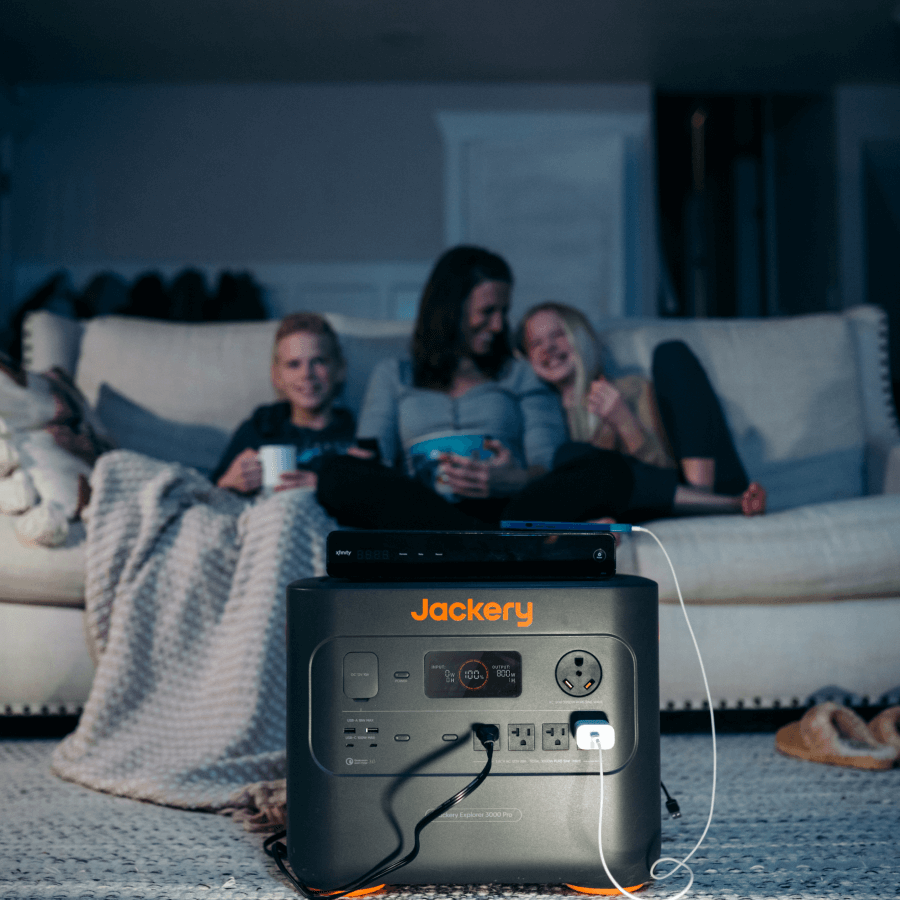
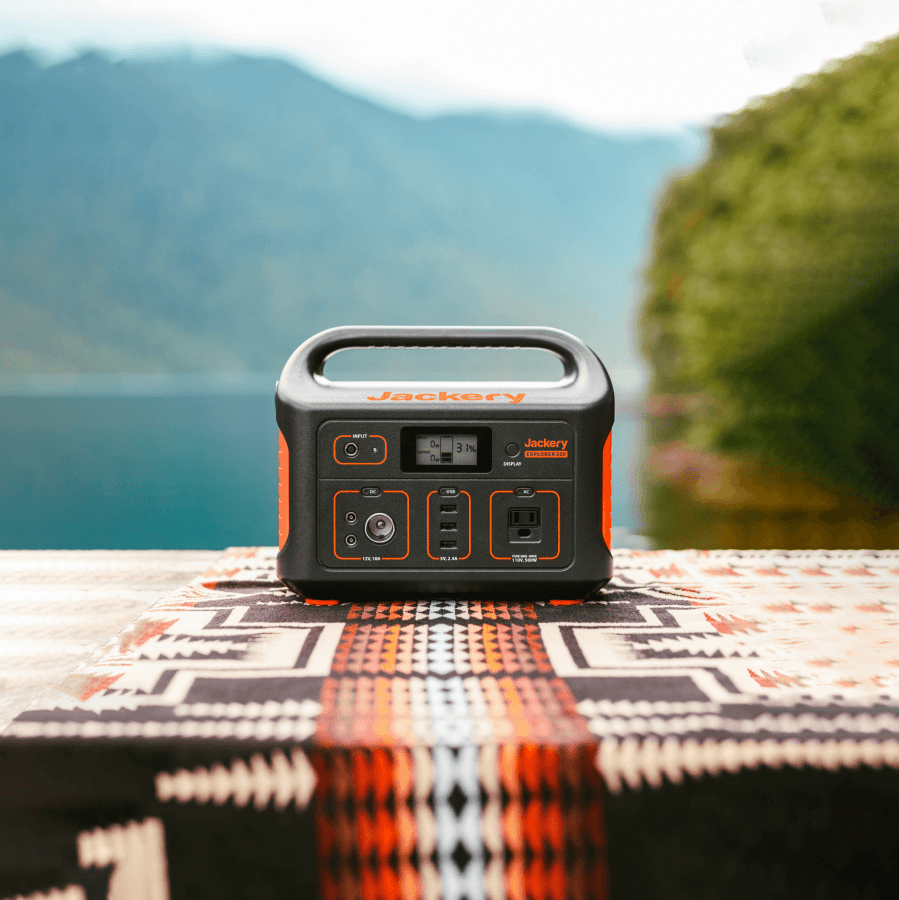
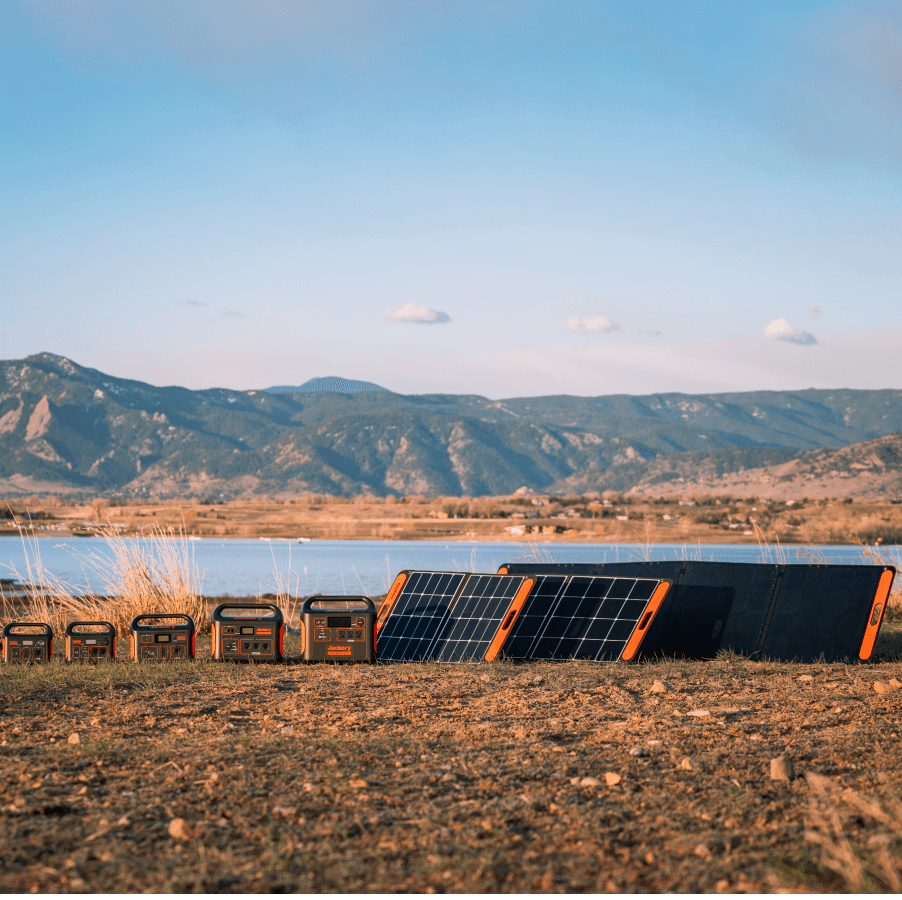
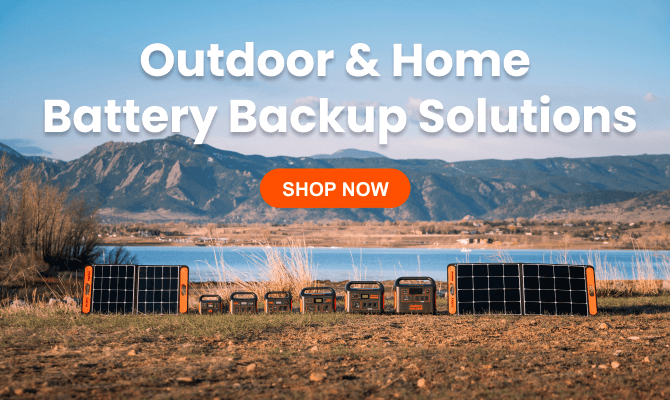
Leave a comment